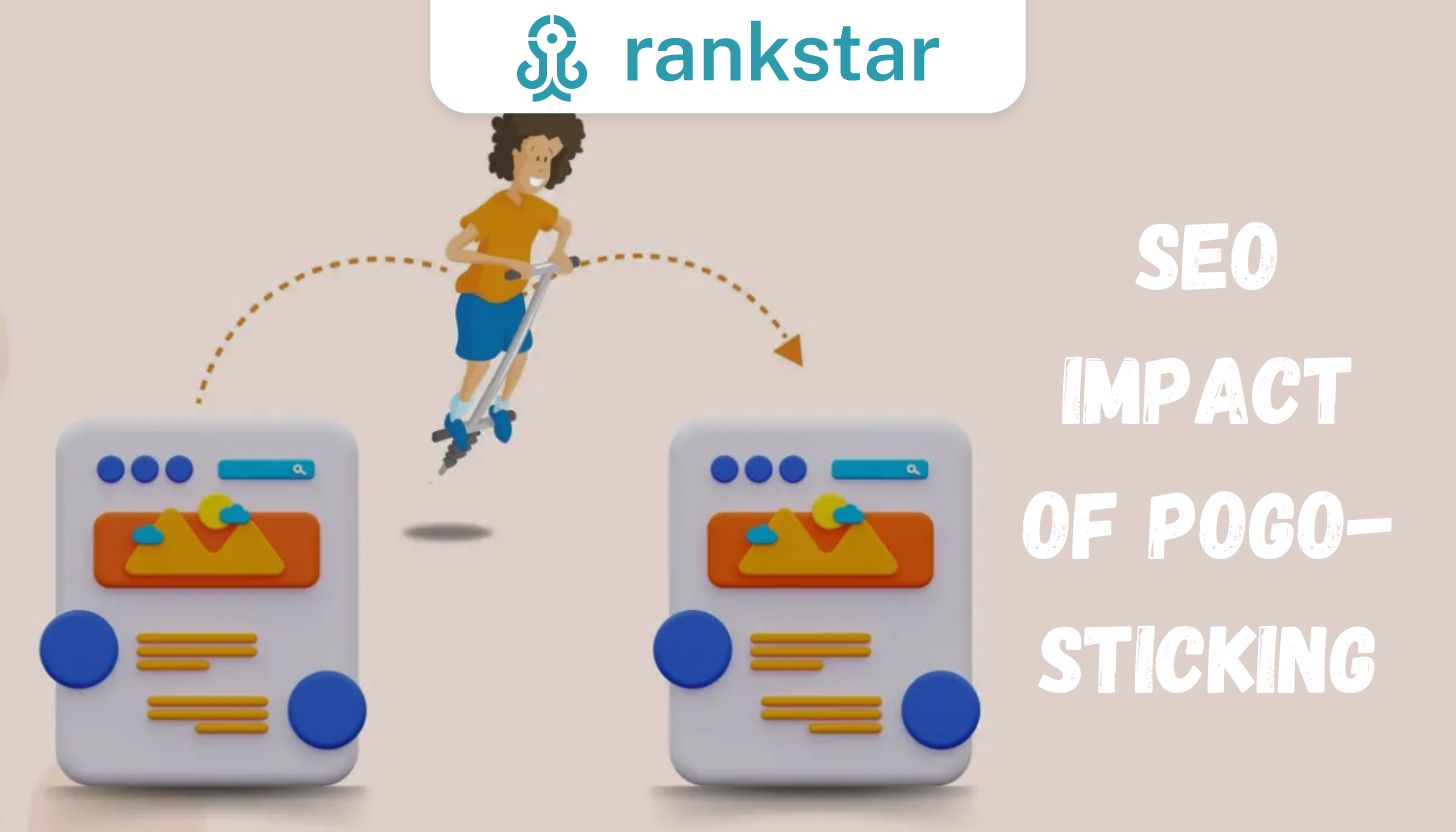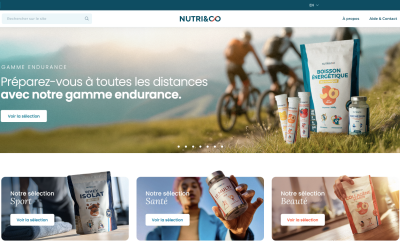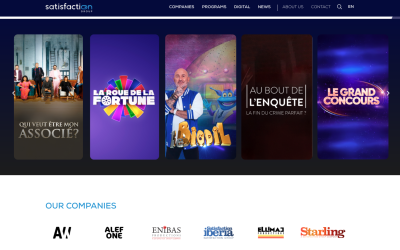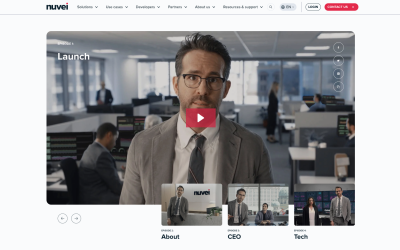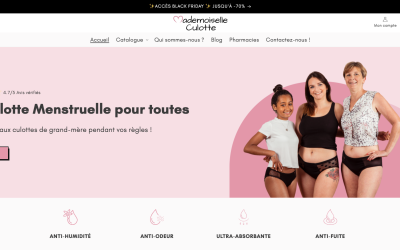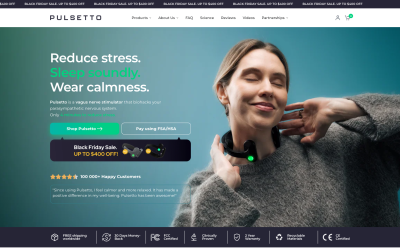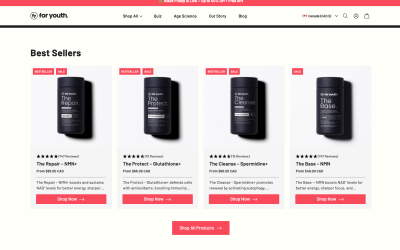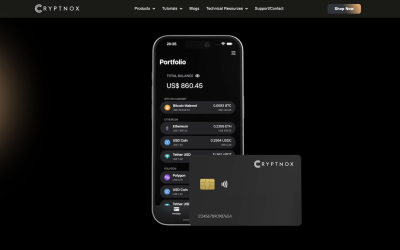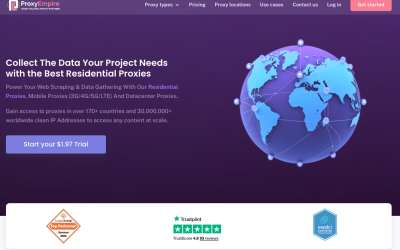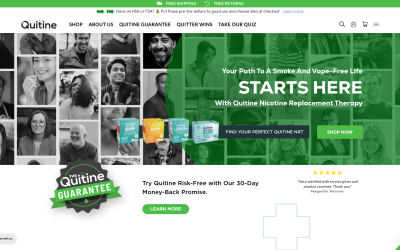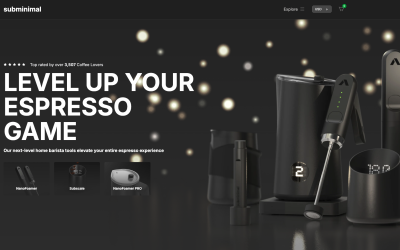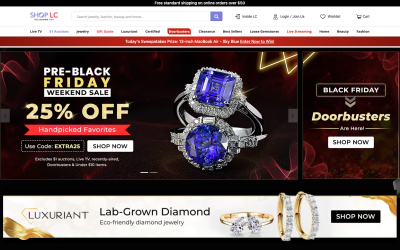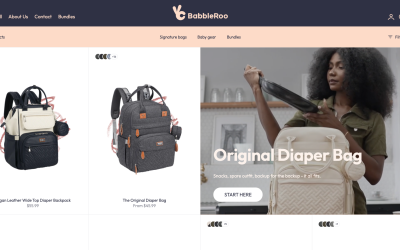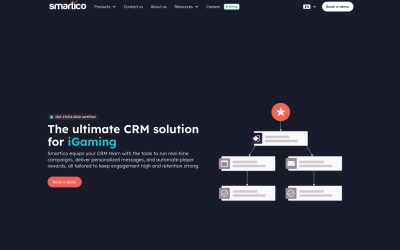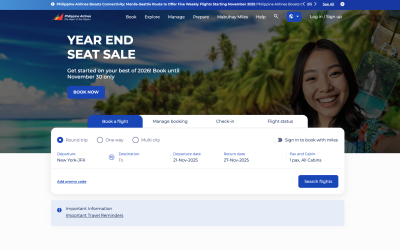Navigating the world of SEO is much like trying to steer a ship through foggy waters; you know your destination, but the path is anything but clear.
You’re likely familiar with the term ‘pogo-sticking’—the frustrating bounce of potential visitors from your site back to search results, which can tarnish your website’s reputation with search engines. The SEO impact of pogo-sticking does not only affect your site’s rankings but also provides insight into user satisfaction—or the lack thereof.
As you explore this topic, you’ll uncover the catalysts behind pogo-sticking, its implications on your website, and, most importantly, strategies to prevent it. By understanding how to reduce SEO impact of pogo-sticking, you’ll be better equipped to improve your site’s ranking, enhance user experience, and ultimately, ensure that visitors find what they’re looking for the first time they land on your page.
Stick around to uncover practical tips and tools that can transform this challenge into an opportunity for growth.
Key Takeaways
- Pogo-sticking negatively impacts SEO rankings as it indicates user dissatisfaction and a lack of relevance or value on a website.
- Slow loading times, poor content quality, misleading titles, and complicated navigation can lead to pogo-sticking.
- Mitigating SEO impact of pogo-sticking involves understanding user intent, crafting relevant content, and improving the overall user experience.
- Tools like Google Analytics, Hotjar, ClickTale, and Crazy Egg can be used to track and analyze user behavior, identify pogo-sticking patterns, and improve SEO rankings.
Choose Rankstar for Top-Notch SEO Services
Discover the difference that expert SEO can make for your business. At Rankstar, we don’t just offer SEO solutions; we provide a pathway to business growth, online visibility, and enhanced customer engagement. We have an expert team armed with cutting-edge SEO strategies and a proven track record in boosting our clients’ rankings.
No matter your industry, we have the expertise to help your website climb the SERPs and reach your target audience. Ready to propel your online presence? Don’t wait another day to harness the power of effective SEO.
Hire Rankstar’s SEO specialists now and start driving more valuable traffic to your site today.
Our SEO services also include:
- SEO Audit
- Professional SEO Services
- Link Building
- SEO Web Development & Design
- Online Reputation Management
- Autosuggest Creation
- Autosuggest Removal
- Google Penalty Recovery Services
- Conversion-Rate Optimization
- Topical Map Services
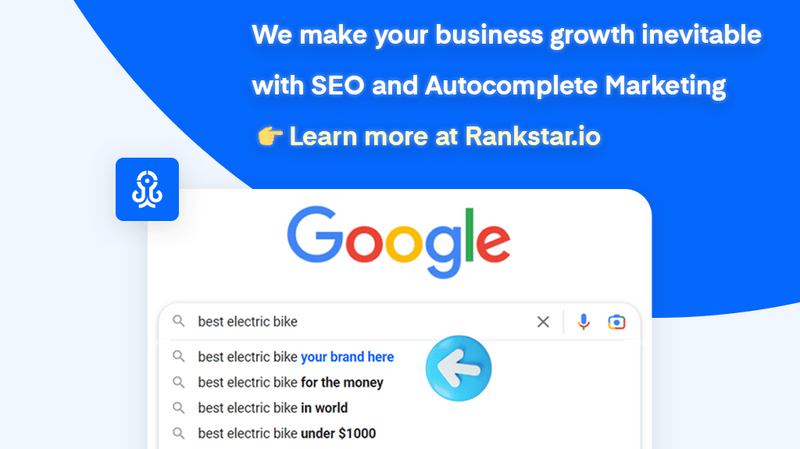
Decoding Pogo-Sticking
Before diving deeper into SEO strategies, it’s crucial to understand what pogo-sticking is and why it’s a red flag for your website’s search engine ranking. In essence, pogo-sticking occurs when a user clicks on your website from a search engine results page (SERP), only to quickly return to the SERP and click on another result. This behavior suggests that the user didn’t find what they were looking for on your site, signaling to search engines like Google that your page may not be as relevant or valuable as it seemed.
To tackle SEO impact of pogo-sticking, you’ve got to ensure your content directly addresses the needs and questions of your audience. Start by meticulously researching keywords to understand the intent behind searches. Then, craft your content to answer these queries comprehensively. Moreover, improving the overall user experience of your site can keep visitors engaged longer. This means optimizing page load times, making navigation intuitive, and ensuring your website is mobile-friendly.
Addressing pogo-sticking isn’t just about avoiding a penalty in rankings; it’s about providing value to your visitors. When you focus on their needs and optimize your site accordingly, you’ll naturally see an improvement in your SEO performance.
SEO Impact of Pogo-Sticking
Understanding the mechanics of pogo-sticking sets the stage for grasping its significant impact on your website’s SEO performance. When visitors repeatedly jump from your site back to search results without engaging deeply, search engines interpret this as dissatisfaction. This behavior suggests your content isn’t meeting user needs or expectations, leading to a negative SEO impact of pogo-sticking on your rankings.
Here’s the crux: search engines aim to provide users with the most relevant, high-quality results. If users aren’t finding what they’re looking for on your site and bounce back to look for alternatives, it signals to search engines that your site mightn’t be the best answer to their query. Consequently, your site’s visibility in search results could diminish, making it harder for future visitors to find you.
To mitigate the SEO impact of pogo-sticking, it’s crucial to hone in on user intent. Ensure your content directly addresses the queries and needs of your audience. Additionally, improving the overall user experience on your site can keep visitors engaged longer and reduce the likelihood of them bouncing back to search results. Remember, your goal is to be the final destination for their search journey, not just a stop along the way.
Catalysts for Pogo-Sticking
Identifying the key factors that cause pogo-sticking is essential for optimizing your website’s SEO performance. You’ve got to dig deep to understand what’s driving visitors away. Slow loading times are a major culprit. If your page takes forever to load, users won’t stick around. They’re out looking for answers elsewhere before you know it.
Poor content quality also pushes people away. If they land on your site and the content doesn’t match their search intent or it’s just plain unhelpful, they’ll bounce back to the search results faster than you can say ‘SEO.’ It’s crucial that your content isn’t only relevant but engaging and informative as well.
Let’s not forget about misleading titles and meta descriptions. They’re like false advertisements for your page. If users click expecting one thing but get another, they’ll feel tricked. This disconnect between expectation and reality is a fast track to pogo-sticking.
Lastly, a complicated navigation can frustrate visitors. If they can’t find what they’re looking for easily, they won’t hesitate to look elsewhere. Streamlining your site’s navigation and ensuring it’s intuitive is key to keeping visitors engaged and reducing pogo-sticking.
Implications of Pogo-Sticking
Having explored the causes of pogo-sticking, it’s crucial to examine how SEO impact of pogo-sticking affects your site’s rankings and user experience. Pogo-sticking signals to search engines that users aren’t finding the content they expect or that it isn’t meeting their needs. This behavior can significantly affect your website in several ways.
Here are three key implications of pogo-sticking:
- Lowered Rankings: Search engines prioritize user satisfaction. If your site consistently leads to pogo-sticking, it’s interpreted as a sign of poor quality or irrelevance, leading to lower rankings in search results. You’re effectively telling search engines your content isn’t what users are looking for.
- Decreased User Trust: First impressions matter. If visitors quickly bounce back to search results after landing on your site, it’s a missed opportunity to build trust. Over time, this can erode your brand’s credibility and reputation among potential customers.
- Reduced Conversion Rates: Ultimately, the goal of your website is likely to convert visitors into customers or followers. Pogo-sticking can drastically reduce your conversion rates because it indicates that users aren’t engaging deeply enough with your content to take the next step.
Prevention and Remedies for Pogo-Sticking
To effectively combat SEO impact of pogo-sticking, you’ll need to implement strategies that enhance user engagement and content relevance on your site. This involves not just improving the quality of your content but also ensuring it meets the specific needs and questions of your audience. Here’s how you can get started:
| Strategy | How It Helps |
|---|---|
| Improve Load Time | Reduces bounce rate by ensuring quick access. |
| Optimize Content | Targets user intent, increasing time on page. |
| Enhance Navigation | Simplifies site exploration, boosting engagement. |
First, focus on your site’s load time. Users are impatient, and a slow-loading page is a surefire way to increase bounce rates. Use tools like Google’s PageSpeed Insights to identify and rectify any issues that might be slowing your site down.
Next, optimize your content for your audience. This means understanding what they’re searching for and providing comprehensive, engaging answers. Use keyword research to guide your content creation, ensuring it’s both relevant and valuable to your visitors.
Utilizing Tools for Tracking Pogo-Sticking
You’ll need to leverage specialized tools to effectively track and analyze instances of pogo-sticking on your website. Understanding and minimizing SEO impact of pogo-sticking is crucial for improving your site’s rankings and enhancing user experience.
Here are three indispensable tools you should consider:
- Google Analytics: This powerful tool allows you to monitor bounce rates and time on page, which are key indicators of pogo-sticking. By setting up custom events, you can dive deeper to understand which pages are causing users to leave and return to search results quickly.
- Hotjar: Hotjar offers heatmaps and session recordings, providing visual insights into how users interact with your site. You can see where they click, how far they scroll, and when they decide to leave. This information is invaluable for identifying problematic areas that might be contributing to pogo-sticking.
- SEMRush: SEMRush helps you keep an eye on your website’s overall health and performance in search rankings. It also offers insights into your competitors’ strategies, allowing you to identify what works well in your niche and adapt your content and SEO strategies accordingly.
Frequently Asked Questions
How Does User Engagement on Social Media Platforms Influence Pogo-Sticking Behavior on Search Engine Results Pages (SERPs)?
When you engage users on social media, it can impact how they interact with SERPs. If they’re hooked by your content, they’re less likely to bounce back to search results, reducing pogo-sticking behavior.
Can Pogo-Sticking Metrics Be Effectively Used to Predict Future Content Trends and User Interests?
Yes, you can use pogo-sticking metrics to predict future content trends and user interests. Analyzing how quickly users bounce back helps identify what engages them, guiding you to create more compelling, trend-setting content.
Are There Any Specific Industries or Types of Websites That Are More Susceptible to the Negative SEO Impact of Pogo-Sticking Than Others?
Yes, e-commerce and news websites often face more issues with SEO impact of pogo-sticking because users quickly jump around looking for the perfect product or the latest information, which can negatively impact their search rankings.
How Do Voice Search and Digital Assistants Impact the Analysis and Interpretation of Pogo-Sticking Data?
Voice search and digital assistants change how you analyze pogo-sticking data. They make it trickier to interpret user behavior, as spoken queries differ from typed ones, affecting your SEO strategy and how you address user intent.
Is There a Correlation Between the Loading Speed of Mobile Sites and Pogo-Sticking Rates, and How Does This Vary Across Different Geographical Regions?
You’re wondering if mobile site loading speed and pogo-sticking rates are connected, and if this varies worldwide. Yes, faster sites typically reduce pogo-sticking, but the impact can differ based on regional internet speeds.
Conclusion
In conclusion, SEO impact of pogo-sticking can significantly affect your site’s rankings, but it’s not unbeatable. By understanding its causes and effects, you’re better equipped to tackle it head-on.
Focus on enhancing user experience, providing relevant content, and ensuring your website’s usability to keep visitors engaged. Use tracking tools to monitor visitor behavior and make informed adjustments.
Remember, preventing SEO impact of pogo-sticking isn’t just about boosting rankings; it’s about offering a satisfying experience to your audience.
